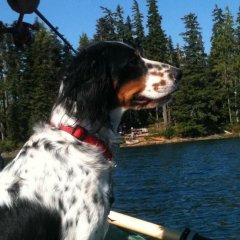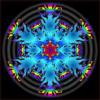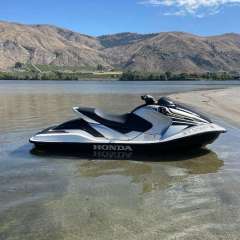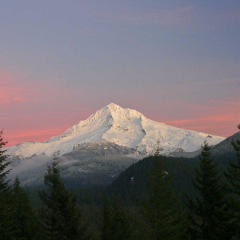October 2016 Observations and Model Discussion for the Pacific Northwest
-
Who's Online 26 Members, 2 Anonymous, 146 Guests (See full list)
- Snowfan
- Sunriver Snow Zone
- Anti Marine Layer
- Roman-Dallas Snow-Zone
- GobBluth
- HoodCanalBridge
- Cascadia_Wx
- Timmy
- Mercurial
- MV_snow
- bishbish777
- MossMan
- VancouverIslandSouth
- Cold Weather Lover
- jcmcgaffey
- T-Town
- TigerWoodsLibido
- Jakewestsalem
- markjb
- Perturbed Member
- SilverFallsAndrew
- Deweydog
- CasuallyFoxy
- RentonHill
- BLI snowman
- Fircrest











Recommended Posts
Join the conversation
You can post now and register later. If you have an account, sign in now to post with your account.